Premium Only Content
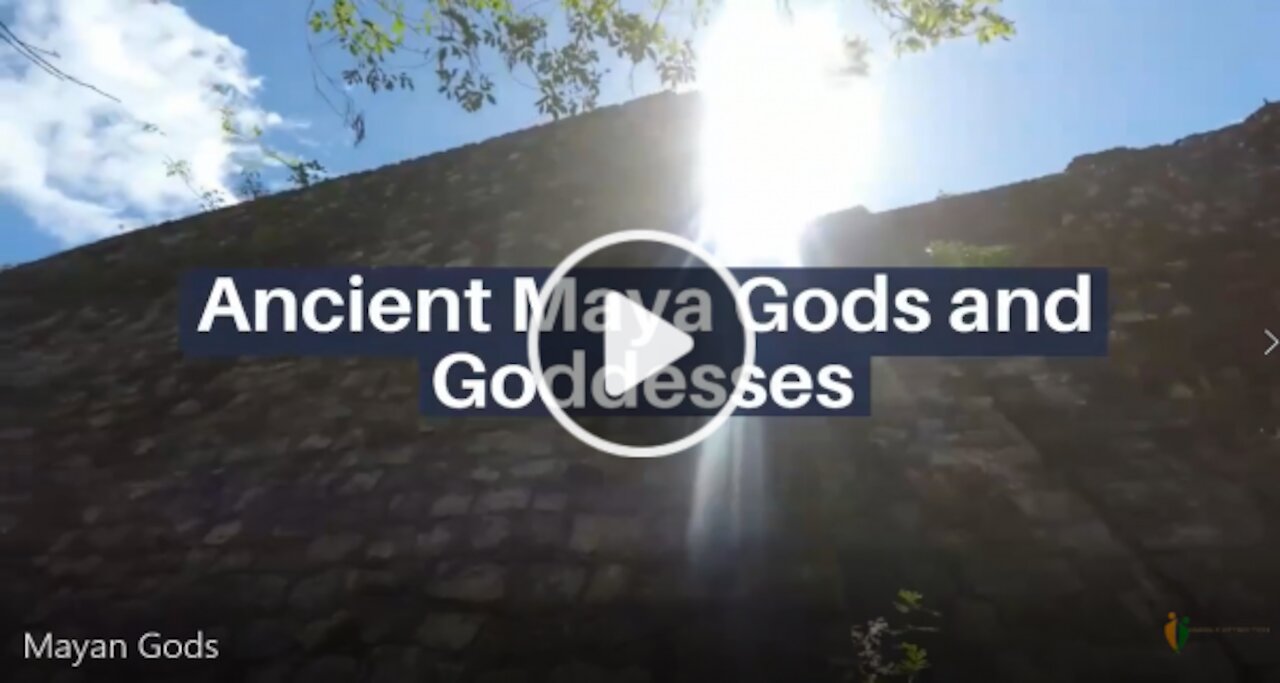
Ancient Maya Gods and Goddesses
What would the Mayan Priests said about you?
https://rebrand.ly/Mayan-Prophesy
Around a dozen or so Maya gods have been identified and they could exist at the same time in several different forms.
Pawahtuun, for example, was a god who stood at the four corners (cardinal directions) of the world, so he is seen in four different forms.
In the Maya codices and art, certain features distinguish supernatural beings from historical characters:
goggle eyes, prominent front teeth/snout, so called “god-markings” combination of various animal and human characteristics
Itsamnaaj / Itzamna, The Supreme Creator
Itzamna was the name of the supreme creator deity, lord of the heavens, day and night and inventor of books and writing.
In the codices, Itzamna is represented as an old man with toothless jaws and sunken cheeks.
K’inich Ajaw, The Sun God
Kinich Ahaw means “Sun-faced Ruler” – that is, the sun god.
K’inich Ajaw is easily recognisable with his large square squinting eyes, roman nose and upper T-shaped incisors and the tendril-like elements curling from each corner of his mouth.
The K’in (“Sun”) sign is commonly found attached to his head or body. K’inich Ajaw is often associated with kings and royal dynasties.
Chaak /Chaac or Chac, The Rain God
Due to the climate pattern of Central America and the importance of rain for agriculture, Chaak was a very important god.
He was the god of lightning, thunder, rain and water.
Chaak wears shells over his ears, has a long protruding nose and tendril-like elements curling from each corner of the mouth. He carries an axe that symbolizes thunderbolts.
Yum Kaax, The Maize God
According to the Popol Vuh, human-beings were created by the gods with maize (corn) flour and water..
In the codices, the maize god is depicted as a young man wearing an ear of corn as his headdress and sometimes the glyph Kan which is itself a symbol for corn.
He is often shown with an elongated head (like the shape of corn on the cob).
K’awiil / Bolon Ts’akab, The God of Lightning
K’awiil is the Maya deity of lightning and is often held as a sceptre by Maya rulers.
He is recognisable by a mirror on his forehead from which an axe-blade sticks out, an upturned snout and a snake as one of his legs.
Ek’ Chuwah / Ek Chuaj, Merchant Deity
Ek’ Chuwah (“Black Scorpion”) was a merchant deity and also the god of cacao.
He is depicted as black-and-white (Dresden Codex) or entirely black (Madrid Codex) and carrying a bundle of merchandise on his back.
War and Merchant God
Although his name has not been deciphered yet, this god was a very important aged divinity.
He is often represented smoking cigars and wearing a large hat made of black-tipped owl feathers.
Pawahtuun/Bacab, Divinity of the Sky and Earth
Pawahtuun stands at the four corners of the world supporting the sky.
He is often represented as an old man wearing a turtle or seashell on his back.
Ix Chel/Chak Chel, Goddess of Childbirth and Healing
Ix Chel (“Lady Rainbow”) was the goddess of childbirth, healing and weaving.
She is often depicted as an aged woman with snakes and spindles (used in weaving) in her hair.
In 16th-century Yucatan, the cult of Ix Chel was quite popular and she even had a sanctuary on the island of Cozumel.
Moon Goddess
The moon goddess is shown as a young woman holding a rabbit and seated in the moon crescent.
The Maya generally assumed the moon to be female and they saw the shape of a rabbit in the moon.
The Death Gods
In Maya art, many supernatural beings are connected with death and the underworld (“Xibalba“, “the place of fright”).
They are all marked with symbols related to death; disembodied eyes, skulls and skeletal bodies.
Two gods stand out (but they are likely two manifestations of the same deity):
Hun-Came (Kimi) in the Popol Vuh and “Humhau” or “Yum Kimil” in 16th-century Yucatan.
Vucub-Came in the Popol Vuh and “Uac Mitun Ahau” in 16th-century Yucatan.
Text from https://timetobespiritual.blogspot.com/
-
 1:35
1:35
johnson2
4 years agoDOOM Eternal - The Ancient Gods, Part One Official Trailer gamescom 2020
220 -
 41:52
41:52
ATMODEPTH
4 years agoThe Ancient Gods But Doom 2016 - MYSTORY Nr30
106 -
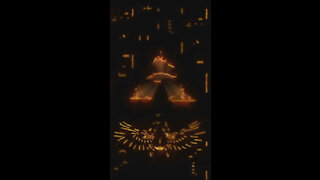 0:15
0:15
EntertainmentVideos
4 years agoAncient Egypt
283 -
 3:52
3:52
vanowl6899
4 years agoRoblox Deathrun Ancient Jungle
125 -
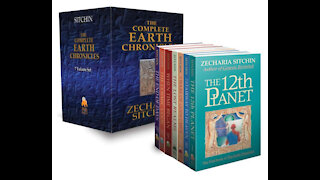 21:12
21:12
History of God
4 years ago $0.06 earnedEp3 Ancient Aliens
396 -
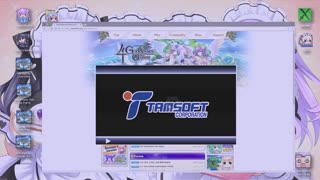 1:23
1:23
johnson2
4 years agoCyberdimension Neptunia 4 Goddesses Online Official Goddesses Trailer
51 -
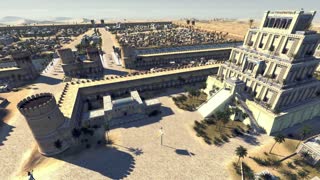 4:11
4:11
Wireeye channel
4 years agoAncient sun worship
1201 -
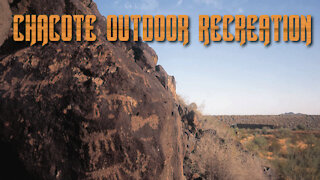 17:29
17:29
Chacote Outdoor Recreation
4 years ago $0.01 earnedAncient Rock Drawing Petroglyphs
471 -
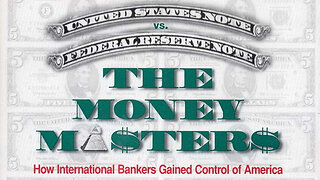 LIVE
LIVE
Man in America
4 hours agoDocumentary: The Money Masters 'How International Bankers Gained Control of America'
1,815 watching -
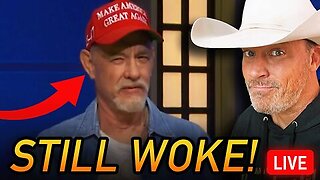 1:10:40
1:10:40
PMG
1 day ago $0.98 earnedTom Hanks Plays a Racist MAGA Supporter On SNL!! UNBELIEVABLE
15.5K1